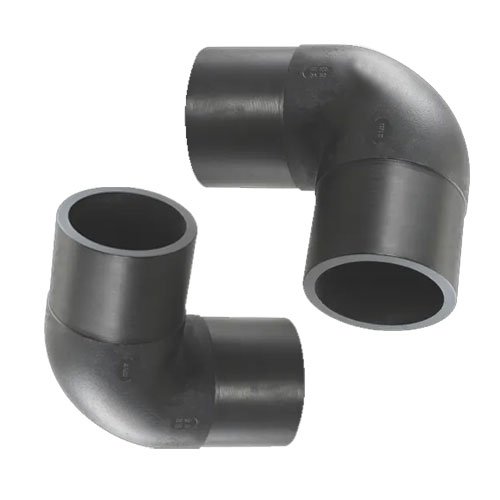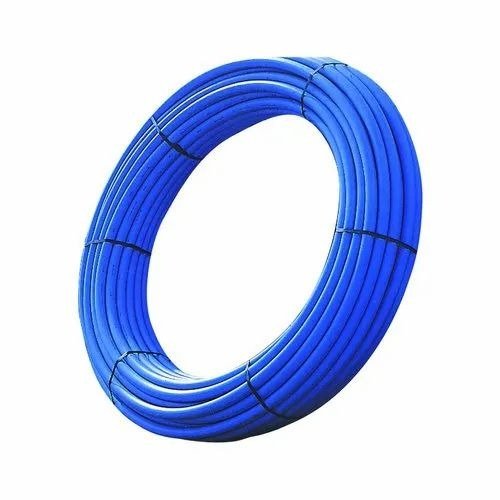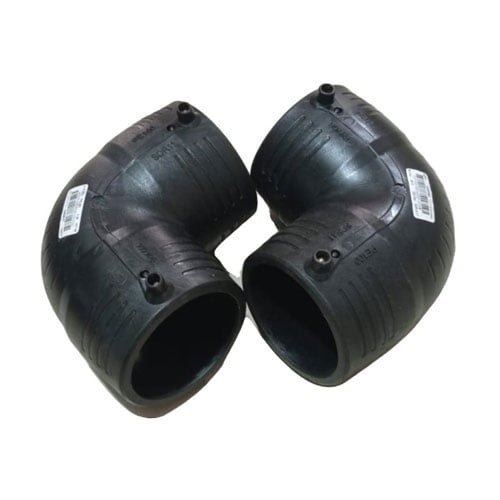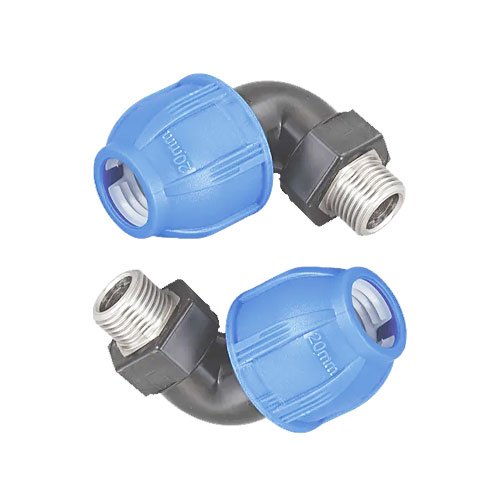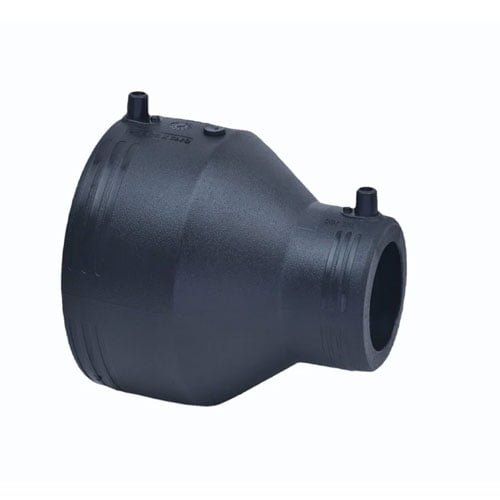In the world of plumbing, efficiency, durability, and ease of installation are paramount. Whether you’re a professional plumber or a DIY enthusiast, the choice of fittings can make a significant difference in the success and longevity of your plumbing system. Among the myriad of options available, one stands out for its reliability and versatility: PP Compression Fittings.
PP compression fittings, also known as polypropylene compression fittings, have been gaining popularity in recent years for their numerous advantages over traditional fittings. From their ease of use to their robust construction, PP compression fittings offer a host of benefits that make them an ideal choice for various plumbing applications.
What Are PP Compression Fittings?
PP compression fittings are a type of plumbing fitting used to connect polyethylene pipes in a water supply system. Made from high-quality polypropylene material, these fittings are designed to withstand high pressure and temperature, making them suitable for both residential and commercial plumbing projects.
PP compression fittings come in a variety of types, each designed for specific plumbing applications and requirements. Understanding the different types of PP compression fittings can help you choose the most suitable option for your project. Here are some common types of PP compression fittings:
- Straight Coupling: Straight couplings are used to connect two pipes of the same diameter in a straight line. They provide a secure and leak-proof connection without the need for additional adapters or connectors.
- Reducing Coupling: Reducing couplings are designed to connect pipes of different diameters. They feature two different-sized ends that allow for a seamless transition between pipes of varying sizes.
- Elbow Fitting: Elbow fittings, also known as bends or 90-degree fittings, are used to change the direction of a plumbing pipe by 90 degrees. They are available in various angles, including 45 degrees, depending on the specific requirements of the plumbing system.
- Tee Fitting: Tee fittings have three openings and are used to create branches in a plumbing system. They allow for the connection of three pipes at a T-junction, facilitating the distribution of water or fluid flow.
- End Cap: End caps, also known as stop ends, are used to seal the end of a pipe. They provide a secure closure, preventing water or fluid from leaking out of the pipe.
- Male Adapter: Male adapters are used to connect a PP compression fitting to a female-threaded pipe or fitting. They feature a male-threaded end that can be easily tightened into the corresponding female-threaded opening.
- Female Adapter: Female adapters serve the opposite purpose of male adapters, allowing for the connection of a female-threaded PP compression fitting to a male-threaded pipe or fitting.
- Union Fitting: Union fittings consist of three components – a nut, a compression ring, and a body – and are used to join two pipes together. They allow for easy disassembly and reassembly of the pipes without the need for cutting or soldering.
- Threaded Adapters: Threaded adapters are used to transition from compression fittings to threaded fittings or vice versa. They provide a secure connection between different types of fittings, ensuring compatibility and versatility in plumbing installations.
- Repair Coupling: Repair couplings are specifically designed for repairing damaged or broken pipes. They feature a split design that allows them to be installed without cutting the pipe, providing a quick and effective solution for pipe repairs.
These are just a few examples of the types of PP compression fittings available on the market. Depending on your specific plumbing requirements, you may need to choose different types of fittings to ensure a successful and reliable installation. It’s essential to carefully select the appropriate fittings and follow proper installation procedures to achieve optimal results and long-term performance in your plumbing system.
Advantages of PP Compression Fittings:
Ease of Installation: One of the most significant advantages of PP compression fittings is their ease of installation. Unlike soldering or gluing required for other types of fittings, PP compression fittings simply require tightening with basic hand tools. This makes them ideal for quick repairs or installations, saving time and labor costs.
- Versatility: PP compression fittings are compatible with various pipe materials, including polyethylene, PVC, and copper pipes. This versatility allows for seamless integration into existing plumbing systems without the need for additional adapters or connectors.
- Durability: Constructed from high-quality polypropylene material, PP compression fittings are highly durable and resistant to corrosion, chemicals, and UV radiation. This ensures long-term reliability and minimal maintenance requirements, even in harsh environmental conditions.
- Leak-Free Performance: The unique design of PP compression fittings, featuring a double sealing mechanism, ensures a tight and leak-free connection. This is essential for maintaining the integrity of the plumbing system and preventing costly water damage.
- Wide Range of Applications: From potable water distribution to irrigation systems, PP compression fittings are suitable for a wide range of applications. Whether you’re installing a new plumbing system or repairing an existing one, these fittings offer a versatile solution that meets various needs.
- Cost-Effectiveness: Despite their superior quality and performance, PP compression fittings are cost-effective compared to other types of fittings. Their ease of installation also contributes to overall cost savings by reducing labor expenses.
- Environmentally Friendly: Polypropylene is a recyclable material, making PP compression fittings an environmentally friendly choice for plumbing projects. By choosing these fittings, you can contribute to sustainability efforts and reduce your carbon footprint.
In summary, PP compression fittings offer numerous advantages that make them an excellent choice for plumbing installations and repairs. Their ease of installation, versatility, durability, leak-free performance, and cost-effectiveness set them apart from traditional fittings, providing plumbers and DIY enthusiasts with a reliable solution for various applications. Whether you’re working on a residential, commercial, or industrial project, consider using PP compression fittings for optimal results and long-term satisfaction.


